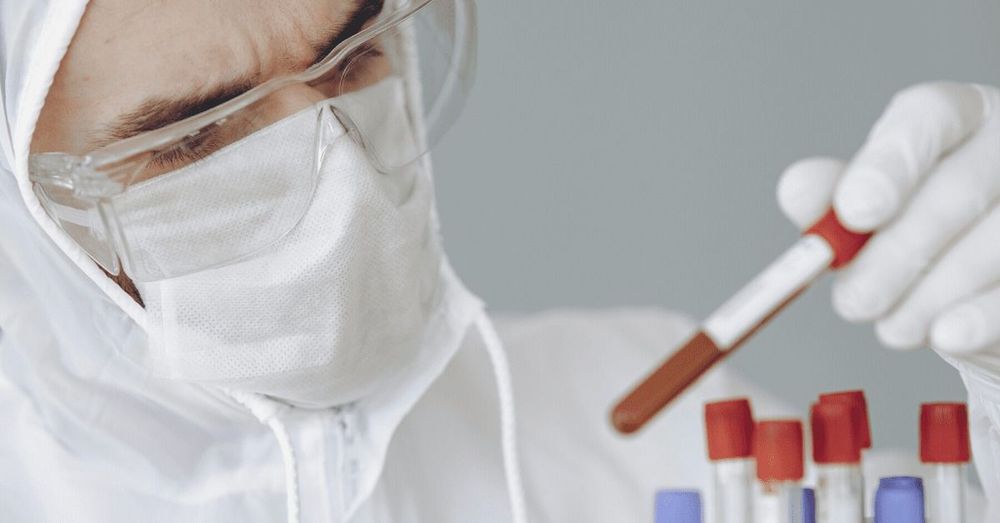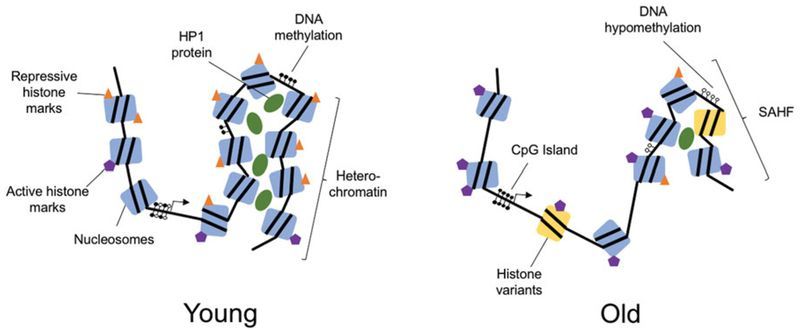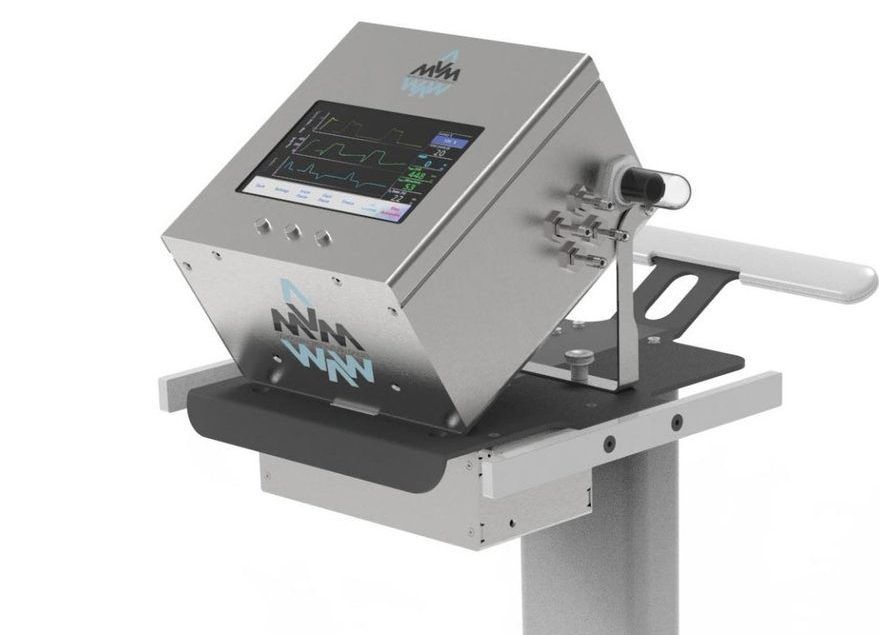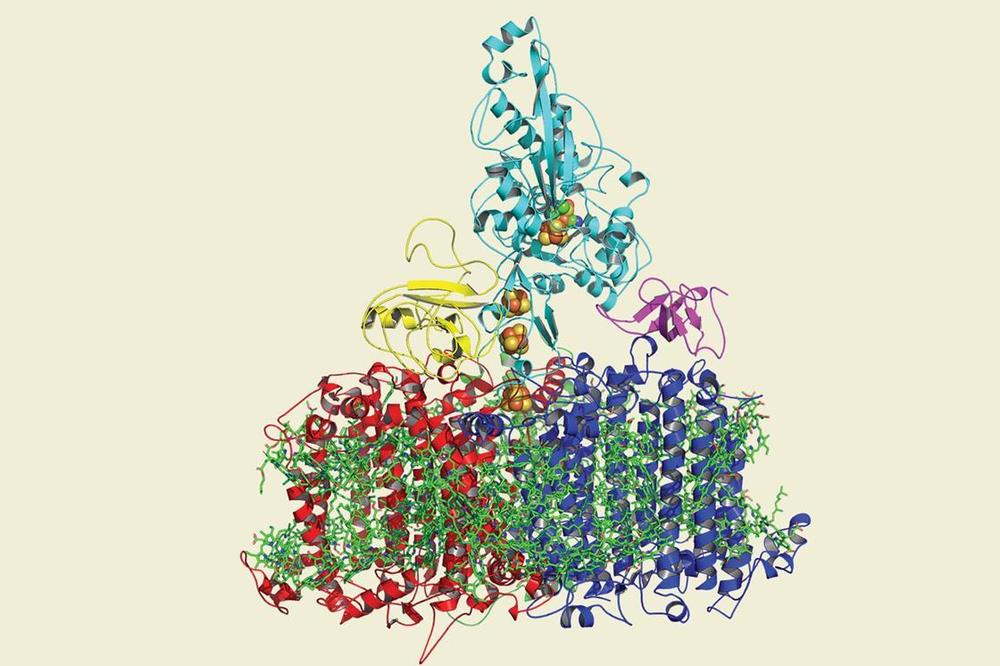A growing cadre of startups is pursuing iterative cycles of machine learning, wet-lab experimentation and human feedback to accelerate target drug discovery.
Category: biotech/medical – Page 1718
A new AI diagnostic tool trained on crowdsourced symptom data can predict whether someone likely has COVID-19 without testing.
The model was trained on data from more than 2.5 million users of the COVID Symptom Study app developed at King’s College London, which anyone can download to report their daily health status.
Are you taking any pills to enhance performance?
When it comes to the mind, there are a host of drugs that have become popular in various settings as nootropics, from college campuses to high power startups in Silicon Valley. Of these, a few families of drugs have accumulated a collection of research studies suggesting that they could be utilized safety, and also produce a desired effect.
The first such category of such drugs that performance enhancement seekers often try are stimulants. Two common such drugs are methylphenidate and dexamphetamine, which are used routinely and safely to treat attention deficit hyperactivity disorder (ADHD) and narcolepsy. Despite their popularity for off-label use to boost concentration, however, these drugs are not really nootropics. They are actually quite dangerous if you don’t have ADHD or narcolepsy, or some other deficit, because tolerance builds up quickly, leading to dependence. Thus, while methylphenidate can keep you awake overnight or give you a boost in the morning, and possibly move you faster through a pile of non-creative work, they don’t really make you think better, and if you keep taking them you will be back to square one on performance, and with a drug dependence problem. You’d be better off with a strong cup of coffee.
Other types of memory and cognition enhancing medications have become available because they are being tested, or have shown promise, for improving memory or concentration, or for reducing apathy, in people with degenerative brain diseases. These drugs come in families, each with a flagship drug that we can use as an example here for discussion purposes.
CORONAVIRUS cases in Germany have almost trebled in the past 24 hours sparking fears of a second wave of COVID-19 infections.
If you are interested in age reversal, and you haven’t read Dr David Sinclair (Harvard Medical School) yet, then I’d recommend this research paper.
“Excitingly, new studies show that age-related epigenetic changes can be reversed with interventions such as cyclic expression of the Yamanaka reprogramming factors. This review presents a summary of epigenetic changes that occur in aging, highlights studies indicating that epigenetic changes may contribute to the aging process and outlines the current state of research into interventions to reprogram age-related epigenetic changes.”
The aging process results in significant epigenetic changes at all levels of chromatin and DNA organization. These include reduced global heterochromatin, nucleosome remodeling and loss, changes in histone marks, global DNA hypomethylation with CpG island hypermethylation, and the relocalization of chromatin modifying factors. Exactly how and why these changes occur is not fully understood, but evidence that these epigenetic changes affect longevity and may cause aging, is growing. Excitingly, new studies show that age-related epigenetic changes can be reversed with interventions such as cyclic expression of the Yamanaka reprogramming factors. This review presents a summary of epigenetic changes that occur in aging, highlights studies indicating that epigenetic changes may contribute to the aging process and outlines the current state of research into interventions to reprogram age-related epigenetic changes.
The term “epigenetics” is thrown around a lot. Originally, it was coined to describe heritable changes that were non-mendelian, but use of the term has evolved. These days, “epigenetics” more generally refers to all non-genomic information storage in cells including gene networks, chromatin structure and post-translational modifications to histones. With aging, there are distinct changes across the epigenome from DNA modifications to alterations in global chromatin organization. But key questions remain unanswered: How and why do these changes occur? Do these changes drive disease and aging? Are they reversible?
In a little over a month, a team of physicists and engineers from around the world took a simplified ventilator design from concept all the way through approval by the U.S. Food and Drug Administration. This major milestone marks the ventilator as safe for use in the United States under the FDA’s Emergency Use Authorization, which helps support public health during a crisis.
The Mechanical Ventilator Milano, or MVM, is the brainchild of physicist Cristiano Galbiati. The Gran Sasso Science Institute and Princeton University professor, who normally leads a dark matter experiment in Italy called DarkSide-20k, found himself in lockdown in Milan, a city hit hard by COVID-19. Hearing reports of ventilator shortages and wanting to help, Galbiati reached out to fellow researchers to develop a ventilator with minimal components that could be quickly produced using commonly available parts.
“The sense of crisis was palpable, and I knew the availability of ventilators was critical,” said Galbiati, who obtained his Ph.D from the University of Milan. “We had been doing some complicated projects in physics that required working with gases, and I thought it our duty to find a way to push oxygen into the lungs of patients.”
Brackley-based Mercedes has put aside traditional rivalries and joined forces with other F1 teams like Milton Keynes’ Red Bull and manufacturers — to produce a breathing aid called a CPAP that can help keep infected patients out of intensive care.
The device gets oxygen to the lungs without needing invasive treatment.
Watch Rebecca Haworth’s report.
A “cutting edge” alternative ventilator for coronavirus patients has been developed by a taskforce. The ‘exovent’ is a reinvention of the traditional iron lung, which saved the lives of countless polio victims during the 20th century.
Unlike the usual ventilators, which are positive pressure ventilators (PPV), the exovent is a non-invasive negative pressure ventilation (NPV) device, which could be used both in intensive care or on an ordinary hospital ward.
www.cambridge-news.co.uk/…/cambridge-coronavirus-ventillato…
Developed by a task force including Cambridge-based Marshall Aerospace and Defence Group, it can be manufactured in parallel with other ventilator designs.
Gene transplant repositions algal hydrogenase so that it directly captures electrons from photosystem I.
A new study from researchers at North Carolina State University suggests that a material consisting of a polymer compound embedded with bismuth trioxide particles holds tremendous potential for replacing conventional radiation shielding materials, such as lead.
The bismuth trioxide compound is lightweight, effective at shielding against ionizing radiation such as gamma rays, and can be manufactured quickly—making it a promising material for use in applications such as space exploration, medical imaging and radiation therapy.
“Traditional radiation shielding materials, like lead, are often expensive, heavy and toxic to human health and the environment,” says Ge Yang, an assistant professor of nuclear engineering at NC State and corresponding author of a paper on the work. “This proof-of-concept study shows that a bismuth trioxide compound could serve as effective radiation shielding, while mitigating the drawbacks associated with traditional shielding materials.”









